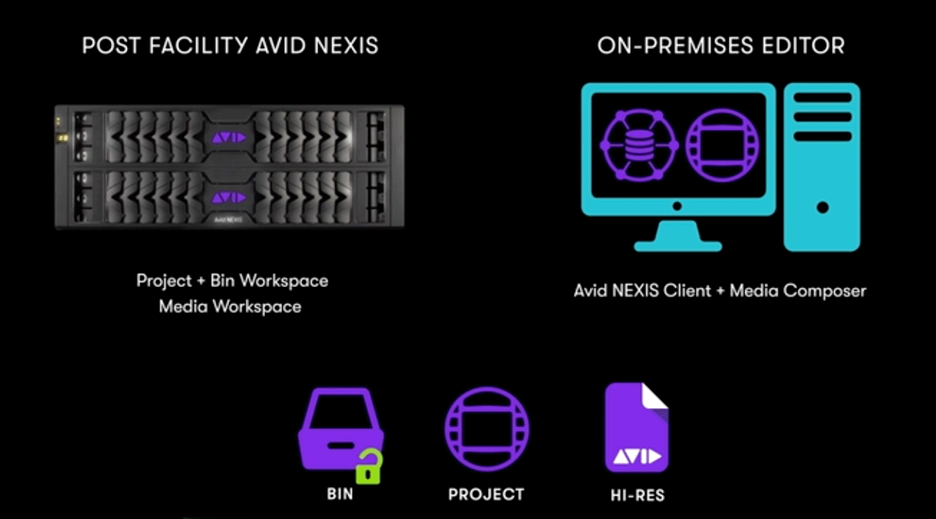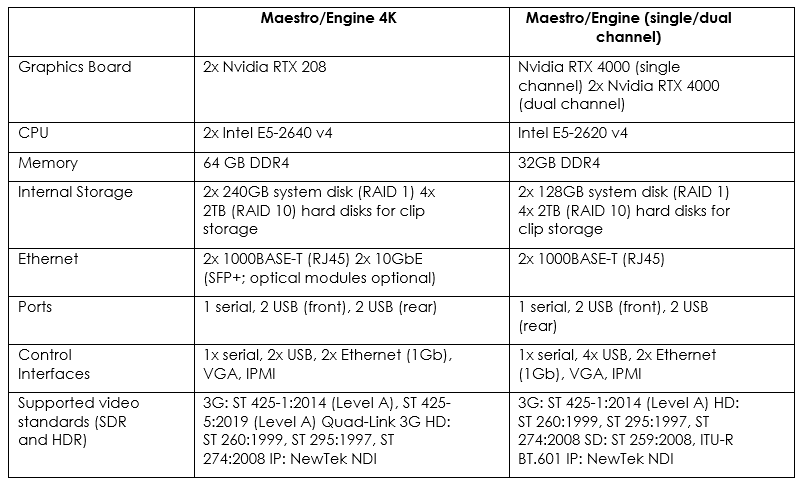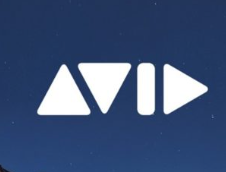The company fights on, gives news professionals expanded access from anywhere.

IBC 2022 stands as a significant milestone in the history of digital content creation. It comes as the latest wave of Covid infections have subsided and as people worldwide are going back to work. During the last three years, people have turned to remote working, and cloud-based video editing tools are accepted as alternatives to on-site tools and expensive editing suites.
Through these years, Avid has been on its own journey as it saw revenues decrease and demand for some of its hardware products disappear in favor of COTS hardware, including workstations. In 2014, the company was delisted and struggling. It got a new CEO in Louis Hernandez, who at least reset the clocks, trimmed the fat, and got money coming in. But he was not popular within the company or outside the company and was unceremoniously fired in 2018 for cause, which was generally described as workplace misconduct. He was replaced by Jeff Rosica, who was popular with customers and the rank and file, and from his viewpoint in sales and marketing, he had strong ideas about strategy and Avid’s role in the industry.
At this year’s IBC, Rosica was able to make a point: Avid has strong platforms for audio and video, all they have to do is catch up and keep up with the times. Meaning, they have to digitize their workflows, prepare for the transition to cloud workflows, and then keep the folks happy and productive.
Avid is going through the same transition every company participating in DCC (digital content creation) has had to go through and is going through. Avid just did it with a lot more public pain.
Avid’s announcements at IBC include:
- Avid Nexis/Edge products to empower concurrent video operations by post-production teams working from anywhere and sharing metadata and media.
- New MediaCentral extensions for collaboration between distributed teams, enabling workforce mobility and story-centric news workflows.
- Next-gen Nexis storage, based on Avid’s Virtual File System (VFS), enabling on-prem, cloud, and hybrid cloud deployments.
- Tech preview of integration between Avid/Edit On Demand, Avid’s cloud-based editing solution, and Microsoft Teams, enabling virtualized “over-the-shoulder” collaboration.
As the list makes clear, a lot of the focus for Avid at this year’s IBC was on infrastructure, and that really is where the company has a lot of strength. So, it’s also significant that the company is embracing the cloud and COTS hardware as well as their own systems.
Taking it to the edge
Avid has been innovating from within. It has been updating and improving is key pillar products such as Nexis, Media Composer, and MediaCentral, and adapting them to new workflows. Looking at one way, the company is advancing on the work it started during the first digital crisis when digitization threatened Avid’s dominant position in the media industry. When low-cost software running on any hardware challenged the entrenched systems. Film and tape became bits and bytes. The company made it through to the other side and freed its software from its hardware and adopted new business models including subscriptions. This time around, the company intends to build on its hard work and enable an easier transition for itself as well as its customers.
At IBC 2022, the company has come around full circle with new systems for remote work.

Avid debuted Nexis/Edge, which combines the company’s Nexis Storage with an updated Media Composer (with cloud support) and a Nexis client to provide a front end for post-production workflows. Avid says content creators can move between remote and on-prem workflows, and they can work with proxy content or high-res clips as necessary. Avid has developed virtual file system software to complement its Nexis storage appliances and cloud utilities.
The company demonstrated its Edit On Demand cloud-hosted editing tools, which feature “over-the-shoulder” workflows developed in conjunction with Haivision’s SRT (Secure Reliable Transport) open-source protocol now supported in Media Composer. SRT support comes with Media Composer/Enterprise. The idea is that editors can see what their colleagues are doing and pitch in to better collaborate.
At IBC, Avid demonstrated their over-the-shoulder workflows using SRT and high-resolution streams on Media Composer-to-Microsoft Teams users to enable people to see one another’s work through a third monitor. They also showed MediaCentral/Stream IP ingest with Edit On Demand to incorporate multiple IP-based sources.
The company also demonstrated new collaboration capabilities enabled through its Media Production in the Cloud demos incorporating MediaCentral, Nexis, and MediaCentral Stream in the cloud. For this, Avid showed MediaCentral/Collaborate, allowing users to plan and contribute to stories remotely and still be able to track the production.
The company is preparing a MediaCentral/Acquire app, which is coming soon for Web-based schedule management for content ingest feeds.
More news
Avid also used the IBC showcase to announce the next generation of Maestro, which will be available in the cloud for real-time broadcast television graphics. It’s backward compatible and can be used on commercial off-the-shelf (COTS) hardware or on Avid’s Maestro/Engine, which is a pretty beasty system using Nvidia RTX graphics and Intel E5s.
The Maestro/Engine supports up to 16 streams of video.

What’s happening in the traditional editing suites and newsroom is that resources are being centralized on prem or in the cloud and fed out to professionals wherever they are. The effects are already evident as reporters make their own stories.
The new version of Maestro expands access to real-time graphics, enabling on-air, data-driven graphics, interactive 3D objects, and video wall content. The systems support SD, HD, UHD, 3G SDI, NDI, and HDR workflows. Users don’t necessarily have to be in the video suite; they can be on the couch.
The ability to access Maestro via a subscription model gives teams the ability to scale up the capabilities and leverage cloud resources.






